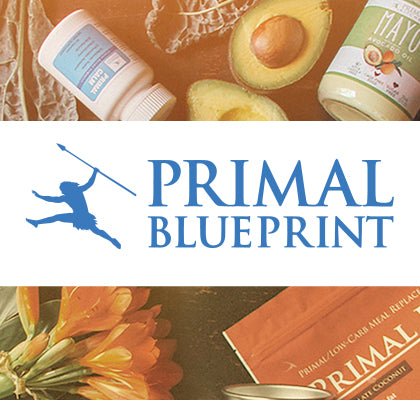- Continue Shopping
- Your Cart is Empty
Goji Berries
Goji berry: Superfood or superfraud?
Chances are you won’t have to scan a health food menu very long before encountering an exotic-sounding superberry that some tout as being able to cure anything from the common cold to cancer.
Goji berries have been somewhat of a hot topic in recent years as health foods and health-conscious foodies have started emerging in droves.
What is a goji berry? Are they actually a superfood? Can you use them when you make a paleo cookie? Will they cure my debilitating stage fright? Maybe.
Goji berries, also known as wolfberries (much more badass name) are native to the Himalayan areas (China, Tibet, Mongolia), and have been a part of Eastern medicine and plant calories for thousands of years.
They boast an impressive objective nutrient profile, including 18 amino acids, an alphabet of vitamins, and more iron than heavyweight leafy green spinach.
Upfront, it’s got a lot going for it. And it usually comes in attractive and easy-to-eat dried-fruit form, like a red teardrop-shaped raisin. Here’s what goji can do.
You’ve probably heard the term “antioxidant” before, likely during a conversation with someone’s mother in which she said she drinks red wine for her health. In theory, preventing oxidation of the body and its cells can extend lifespan.
The goji berry, high in antioxidants like other berries, might protect you from DNA damage and certain aspects of the aging process. It also might be able to protect your eyesight. Australian researchers studied the effects of goji berries on diabetic retinal damage, a leading cause of blindness in adults and diabetics.
The taurine content aided the body’s natural defenses against the breakdown process. The goji berry might help fight cancer. In preliminary mouse trials, it had a strong anti-tumor effect in the critters.
It might increase your sex drive, boost your human growth hormone production, galvanize you against heart attacks, add muscle and annihilate fat. Cursory knowledge and folk medicine traditions would have you believe that the humble tart fruit is almost solely responsible for indigenous centenarians’ longevity.
If you believe it all, goji berries are the raisin of youth. But the word “superfood” is just a marketing term. Few, if any, dieticians will endorse any ingestible as such, unless they’re the one selling it. The marketing forces behind the health food space are tremendous. What we want is not a food, but the promise of life and vitality, which is what so many promise to sell us.
So even though all of the studies found recommended further research to establish more concrete evidence and correlations, you’ll see a lot of attractive things on labels covered by the “not evaluated by the FDA” liability blanket.
Nothing this potentially awesome is completely good. Wolfberries are part of the nightshade family, and so might be a good idea to avoid them if you have autoimmune conditions.
They also have been shown to interfere with medications like warfarin and diabetes drugs (which is interesting to note in addition and opposition to their beneficial effects on the onset of diabetic blindness). Goji berries are not without a dark side. But they are definitely paleo.
They’re nutrient-dense berries just like blueberries and raspberries and blackberries, and go great on salads. We use them in the Cacao Now, which you can order online or cruise into our San Diego store and pick up.
Eat them if you dare, but don’t expect 20 years tacked on to your lifespan as a result.
What do you think?









